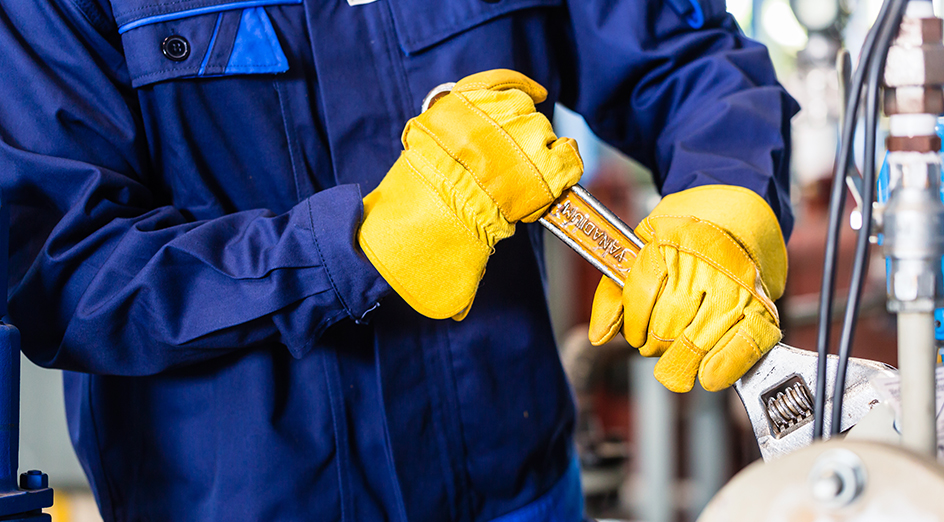A team of mathematicians and engineers from The University of Western Australia have used network science to provide an insight into where maintenance can be targeted to help make industrial processing plants more reliable.
The new research, published in IEEE Xplore, was carried out as part of the ARC Training Centre for Transforming Maintenance through Data Science, a partnership between UWA, Curtin University, CSIRO and industry partners Alcoa, BHP and Roy Hill, as well as CORE Innovation Hub and the Minerals Research institute of WA.
The centre is using network science to help transform asset maintenance for Australia’s resources sector by driving a digital overhaul that will see developments in computational methods, statistics, applied mathematics and artificial intelligence to determine how, when and why maintenance occurs.
Network science is a fast-growing academic field which focuses on a study of patterns of connection in a wide range of physical and social phenomena and involves new methods of data collection, innovative mathematic techniques and predictive theories.
Professor Michael Small from UWA’s School of Physics, Maths and Computing, who leads one of the centre’s themes, said the research came about after it was recognised that corrective maintenance work on one asset was often followed by work on the same or a connected asset in a short period of time.
“It’s a problem known as a cascading failure but identifying and confirming these events is incredibly difficult when you take into account the number of assets and the volume of maintenance and operating data we’re talking about in companies of this size,” Professor Small said.
“Our industry partners run large and complicated plants full of equipment and they have mountains of records stored in systems like SAP that capture each and every time maintenance is carried out.”

Working with one of the centre partners, a mining company, the team probed work orders describing maintenance work on the organisation’s pumps, analysing 88,545 work orders for 5,655 different pumps over an eight-year period from 2011 to 2019.
“But it wasn’t just the work orders, we worked with the maintenance engineers on the ground who have the spanners in their hands and who often have that unwritten, institutional knowledge, to model the behaviour of the past to try and find patterns using complex network analysis,” Professor Small said.
“Using our model, which has some very heavy mathematics behind it, we were able to identify pumps that were ‘super spreaders’ – pumps which experienced corrective maintenance events which lead to corrective maintenance on other pumps.
“Using our model, which has some very heavy mathematics behind it, we were able to identify pumps that were ‘super spreaders’ – pumps which experienced corrective maintenance events which lead to similar maintenance on other pumps."
Professor Michael Small
“Interestingly, we found that there were ‘self-loops’ in certain pumps, where an asset fails and is repaired and then fails again, and also that there was a prevalence of hidden failures in standby pumps.”
Professor Small, the CSIRO-UWA Chair in Complex Engineering Systems, said the model, which was being further developed, could already be applied across multiple workplace settings and would be used to help companies make changes to their operational, maintenance and recording practices.
“It’s been rewarding doing something positive and applying data science to something that will ultimately help companies make real cost savings,” he said.
